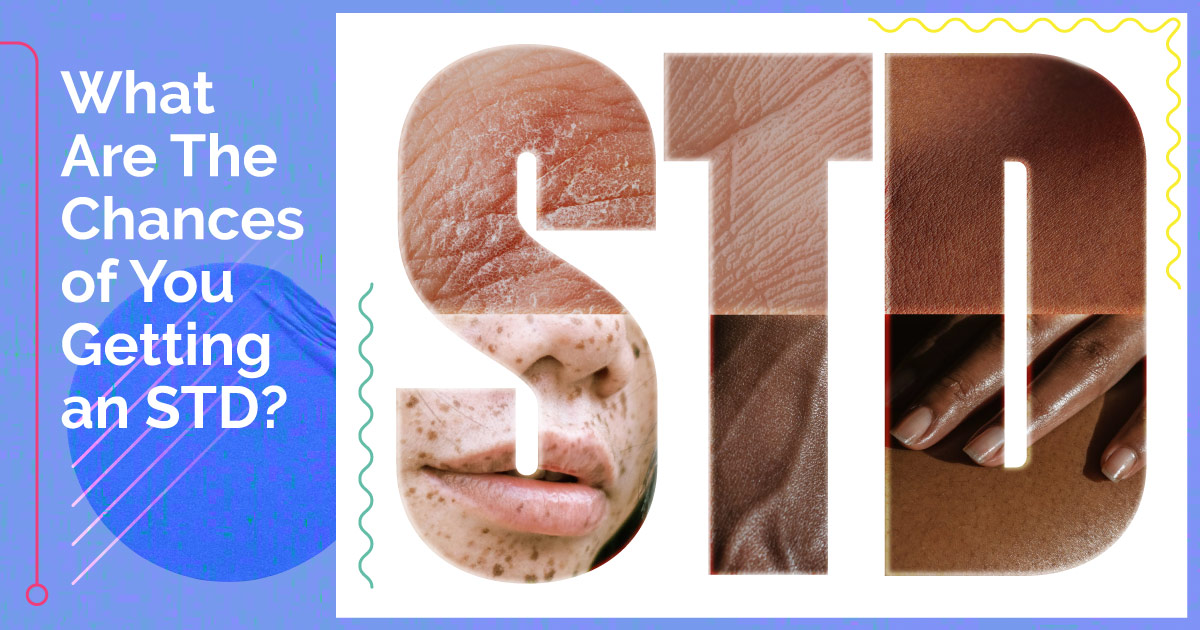As we age, our bodies undergo numerous changes, and our eyes are no exception. Vision changes are a natural part of the aging process, but they can affect your quality of life if not properly managed. Understanding how your vision may change and what you can do about it is crucial for maintaining eye health and overall well-being.
In this comprehensive guide, we will explore the various ways vision changes with age, discuss common eye conditions, and provide actionable steps to help you maintain healthy eyesight. We will also introduce you to the best eye care solutions for aging vision at Texas Vision & Laser Center, ensuring you have access to the best possible care.
Introduction: The Importance of Vision Care as You Age
Maintaining good vision is vital at any age, but it becomes especially important as you grow older. Vision is not just about seeing clearly; it impacts how we interact with the world, our independence, and our overall quality of life. However, many people experience gradual vision changes as they age, often beginning in their 40s or 50s.
From difficulty reading small print to needing more light to see clearly, age-related vision changes can range from mild to severe. Common conditions like presbyopia, cataracts, glaucoma, and age-related macular degeneration (AMD) can further complicate vision. While these changes are often inevitable, they don’t have to diminish your quality of life.
This guide will help you understand how vision changes with age and provide practical advice on what you can do to protect your eyesight. We will also explore why finding the best eye care solutions for aging vision at Texas Vision & Laser Center can make a significant difference in managing these changes effectively.
How Aging Affects Vision
Aging affects the eyes in several ways, primarily due to changes in the eye’s structure and function. These changes can impact various aspects of your vision, such as clarity, focus, and light perception. For instance, the lens of your eye becomes less flexible with age, making it harder to focus on nearby objects, a condition known as presbyopia.
Other common changes include a decrease in pupil size, which affects how much light enters the eye, and changes in the retina, which can impact color perception and low-light vision. Tear production also tends to decrease with age, leading to dry eyes, discomfort, and irritation. Understanding these changes is essential to taking proactive steps to preserve your vision.
While aging is inevitable, there are ways to minimize its impact on your eyes. Choosing the best eye care solutions for aging vision at Texas Vision & Laser Center can provide the support and guidance you need to maintain healthy eyesight.
Common Age-Related Vision Changes
There are several common vision changes that most people experience as they age. These include:
- Presbyopia: This condition is a normal part of aging and typically begins in your 40s. Presbyopia makes it harder to see objects up close, such as when reading a book or looking at a smartphone screen. It occurs because the lens of the eye loses its flexibility.
- Cataracts: Cataracts are clouding of the eye’s lens, leading to blurred vision, glare, and difficulty seeing at night. They are very common among older adults and can be effectively treated with surgery.
- Glaucoma: Glaucoma is a group of eye diseases that damage the optic nerve, often due to high eye pressure. It can lead to vision loss if not detected and treated early.
- Age-Related Macular Degeneration (AMD): AMD affects the macula, the central part of the retina responsible for sharp, central vision. It can lead to a gradual loss of central vision, making tasks like reading and recognizing faces challenging.
- Dry Eyes: As you age, your eyes may produce fewer tears, leading to dryness, irritation, and discomfort. This is especially common in women after menopause.
Knowing these conditions and how they may affect you is the first step in protecting your vision. For those experiencing any of these changes, seeking the best eye care solutions for aging vision at Texas Vision & Laser Center can provide relief and prevent further deterioration.
Understanding Presbyopia: The Need for Reading Glasses
Presbyopia is one of the earliest and most common vision changes associated with aging. It is a natural, gradual process that usually begins in your mid-40s and affects your ability to focus on close objects. As the lens in your eye becomes less flexible, it becomes difficult to adjust to different distances, particularly up close.
The primary symptom of presbyopia is the need to hold reading material farther away to see it clearly. Other symptoms may include headaches or eye strain when reading or doing close-up work.
Fortunately, presbyopia can be easily corrected with reading glasses, bifocals, or progressive lenses. If you’re looking for more permanent solutions, procedures like LASIK or conductive keratoplasty may also be effective. Consulting with the best eye care solutions for aging vision at Texas Vision & Laser Center can help determine the right corrective option for you.
Cataracts: Causes, Symptoms, and Treatment Options
Cataracts are another common age-related eye condition, affecting millions of people worldwide. A cataract occurs when the eye’s lens becomes cloudy, leading to blurry vision, glare, and difficulty seeing at night. This condition develops gradually and can eventually impair vision if not treated.
The most common cause of cataracts is aging, but factors such as diabetes, smoking, prolonged exposure to sunlight, and certain medications can also contribute. Symptoms may include dim or blurred vision, fading colors, glare or halos around lights, and frequent prescription changes for glasses.
While cataracts cannot be reversed, they can be effectively treated with surgery, which involves replacing the clouded lens with an artificial one. Surgery is typically safe and highly effective, restoring clear vision for most patients. For those considering cataract surgery, finding the best eye care solutions for aging vision at Texas Vision & Laser Center is crucial to ensure optimal results.
Glaucoma: The Silent Thief of Sight
Glaucoma is often referred to as the “silent thief of sight” because it typically progresses without symptoms until significant damage has occurred. It is a group of eye conditions that damage the optic nerve, usually due to increased pressure in the eye. Glaucoma is a leading cause of irreversible blindness, especially in older adults.
There are different types of glaucoma, but the most common is open-angle glaucoma, which develops slowly over time. Early detection through regular eye exams is crucial for preventing vision loss. Treatment options may include prescription eye drops, laser treatments, or surgery, depending on the severity of the condition.
Regular monitoring and early intervention can help manage glaucoma effectively. For comprehensive care, consider consulting with the best eye care solutions for aging vision at Texas Vision & Laser Center to explore your treatment options.
Age-Related Macular Degeneration: Protecting Your Central Vision
Age-related macular degeneration (AMD) affects the macula, the part of the retina responsible for sharp, central vision. AMD is a leading cause of vision loss in people over 50. There are two types of AMD: dry and wet. The dry form is more common and progresses slowly, while the wet form is less common but more severe.
Symptoms of AMD include difficulty reading, blurred or distorted central vision, and trouble recognizing faces. While there is no cure for AMD, early detection and treatment can help slow its progression and preserve vision. Treatments may include anti-VEGF injections, laser therapy, or dietary supplements to support eye health.
Regular eye exams and proactive management are essential for those at risk of AMD. Working with the best eye care solutions for aging vision at Texas Vision & Laser Center can help you develop a personalized plan to protect your vision.
Coping with Dry Eyes
Dry eyes are a common problem as you age, caused by a decrease in tear production or increased tear evaporation. This condition can lead to discomfort, burning, itching, and even blurry vision. Dry eyes are especially common in postmenopausal women due to hormonal changes.
Treatment options for dry eyes include artificial tears, prescription eye drops, lifestyle changes, and procedures to block tear ducts and prevent drainage. Regular eye exams can help identify the underlying cause of dry eyes and determine the best treatment plan.
Choosing the best eye care solutions for aging vision at Texas Vision & Laser Center can provide relief from dry eyes and prevent complications like corneal damage or infection.
Tips for Maintaining Healthy Vision as You Age
While aging naturally affects your vision, there are steps you can take to maintain eye health and prevent or delay age-related changes:
- Regular Eye Exams: Schedule comprehensive eye exams at least once a year to detect and treat problems early.
- Protect Your Eyes from UV Rays: Wear sunglasses with UV protection to shield your eyes from harmful sunlight.
- Maintain a Healthy Diet: Consume a diet rich in antioxidants, vitamins, and minerals that support eye health, such as leafy greens, fish, and nuts.
- Quit Smoking: Smoking increases the risk of cataracts, AMD, and other eye conditions.
- Manage Health Conditions: Control conditions like diabetes, high blood pressure, and high cholesterol, which can impact your eye health.
These proactive steps, along with guidance from the best eye care solutions for aging vision at Texas Vision & Laser Center, can help you maintain healthy vision throughout your life.
The Role of Eye Care Professionals in Managing Aging Vision
Eye care professionals play a vital role in managing aging vision. They provide routine eye exams, diagnose and treat various eye conditions, and offer personalized advice on how to maintain eye health. They also guide you on when to consider surgical options, prescribe corrective lenses, and provide treatments to manage symptoms.
Partnering with the best eye care solutions for aging vision at Texas Vision & Laser Center ensures that you receive the most advanced care and the latest treatments tailored to your specific needs.
Why Choose Texas Vision & Laser Center?
When it comes to managing aging vision, choosing the right eye care provider is crucial. Texas Vision & Laser Center is known for its commitment to excellence, patient-centered care, and use of advanced technology to deliver the best possible outcomes. With a team of experienced ophthalmologists and optometrists, they provide a wide range of services, from routine eye exams to complex surgeries.
Choosing the best eye care solutions for aging vision at Texas Vision & Laser Center means benefiting from state-of-the-art facilities, comprehensive care, and a personalized approach that focuses on preserving your vision and quality of life.
Conclusion: Take Charge of Your Vision Health Today
As you age, your vision will naturally change, but these changes don’t have to diminish your quality of life. By understanding the common vision changes associated with aging and taking proactive steps to protect your eyes, you can maintain healthy vision for years to come.
Regular eye exams, healthy lifestyle choices, and early intervention are key to managing age-related vision changes effectively. To ensure you receive the highest standard of care, consider consulting with the best eye care solutions for aging vision at Texas Vision & Laser Center. With their expertise and commitment to patient care, you can take charge of your eye health and enjoy clear vision well into your golden years.
Make an appointment today to start your journey towards better eye health and a brighter, clearer future.










